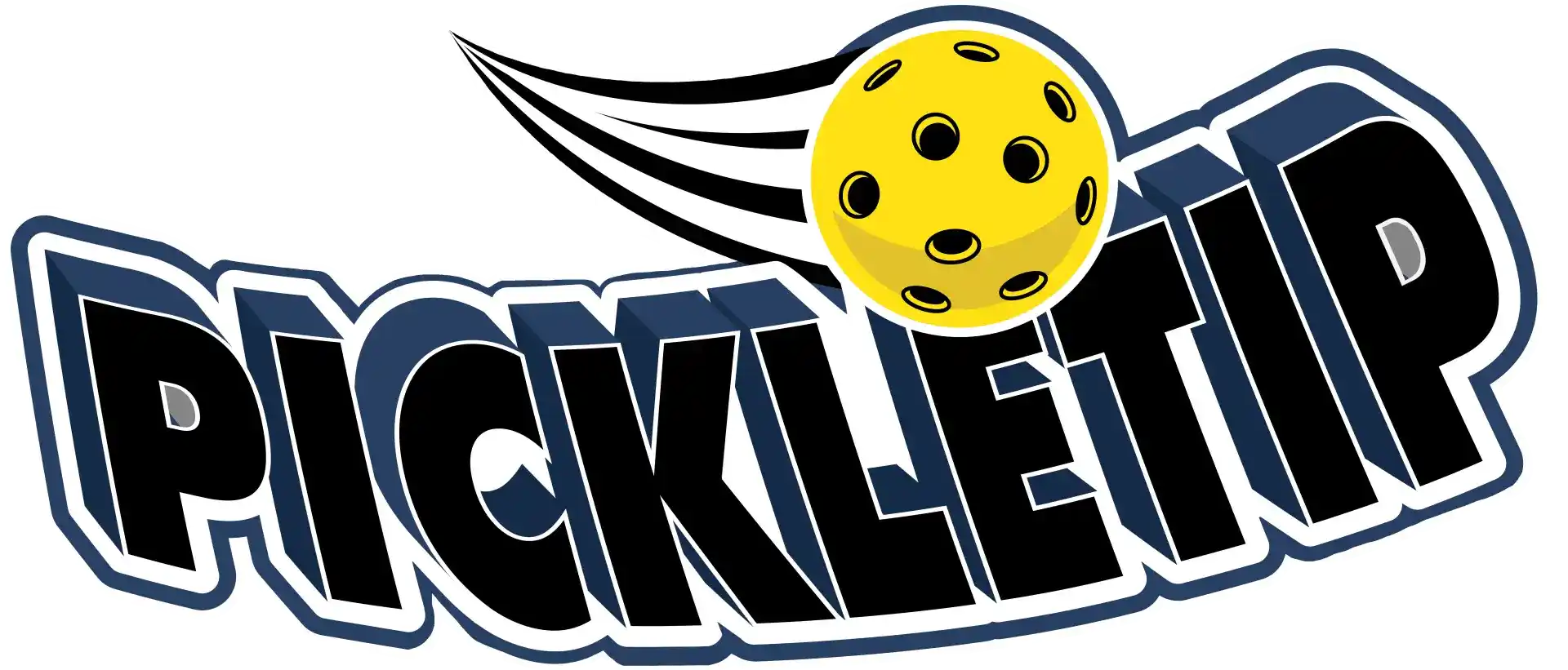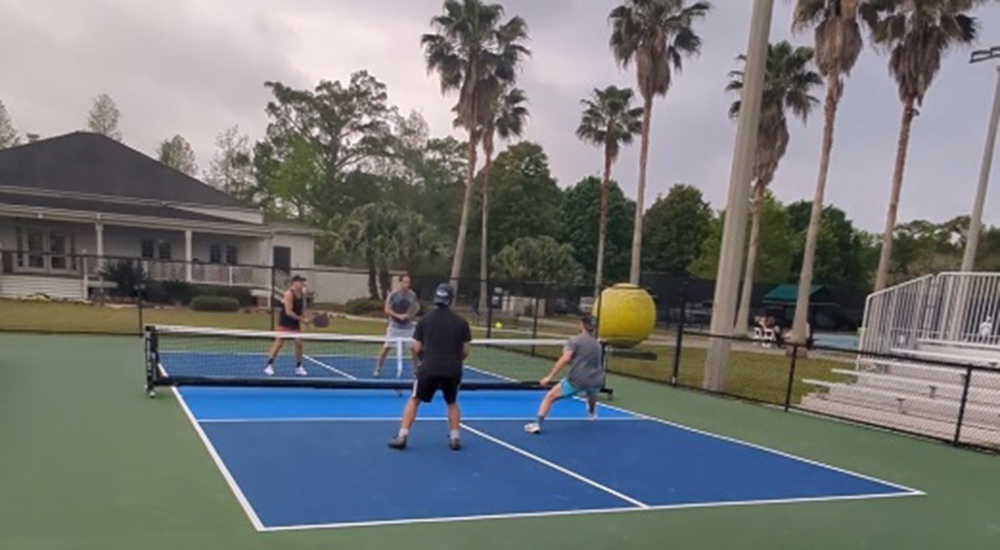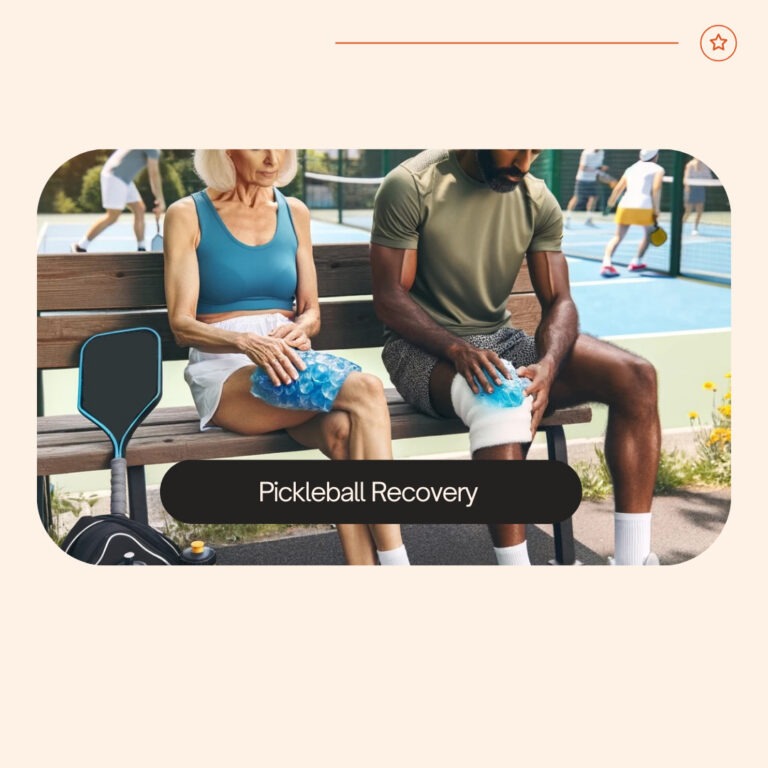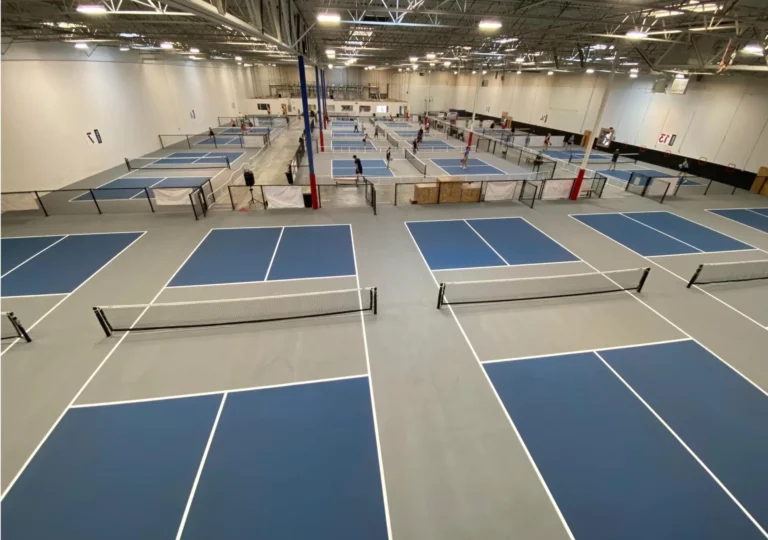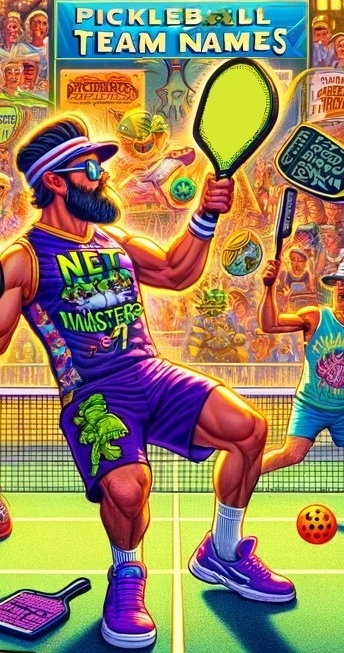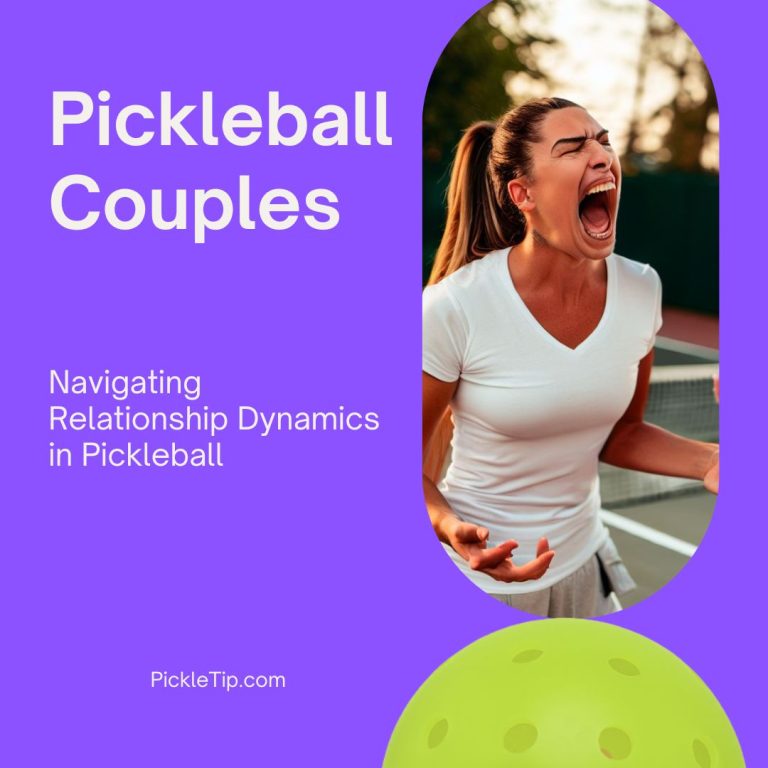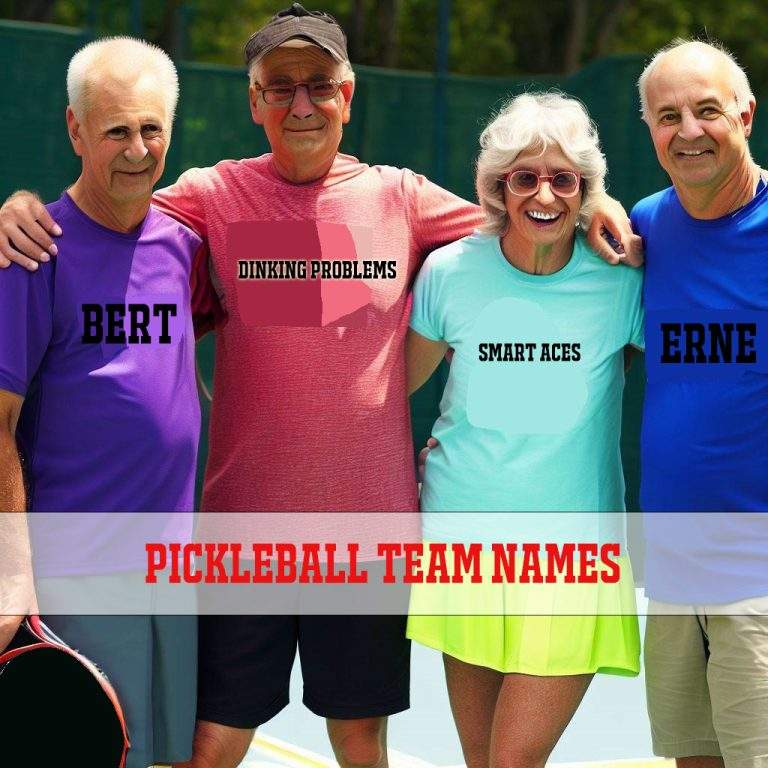What is Pickleball? A Beginner’s Guide to the Fast-Growing Sport
Pickleball is a fun and fast-paced sport that is rapidly gaining popularity all around the world. It’s a great way to stay active, meet new people, and enjoy the outdoors. In the beginner’s guide, we’ll cover everything you need to know about Pickleball, from what it is to how to play it.
What is Pickleball?
Pickleball is a paddle sport that combines elements of tennis, badminton, and ping pong. It’s played on a court that’s about the size of a badminton court, with a net that’s similar to a tennis net. The game is typically played in doubles, although singles play is also an option.
How do you play Pickleball?
To play Pickleball, you need a few basic pieces of equipment: a paddle, a Pickleball, and a net. The objective of the game is to hit the ball over the net and onto the opponent’s side of the court without them returning it. Points are scored when the opponent fails to return the ball, hits it out of bounds, or commits a fault.
What are the rules of Pickleball?
The rules of Pickleball are similar to those of other paddle sports. Players must serve the ball underhand, keep both feet behind the back line when serving, and let the ball bounce once on each side before volleying. Games are typically played to 11 points, and players must win by two points.
Why is Pickleball so popular?
Pickleball is popular for many reasons. It’s easy to learn, affordable, and can be played by people of all ages and skill levels. It’s also a great way to stay active, socialize, and have fun. In recent years, Pickleball has become especially popular among older adults, who appreciate the low-impact nature of the sport.
Are there Leagues for Pickleball?
There are Pickleball Leagues and Tournaments. Once you get acclimated to the sport, go ahead and test your skills.
If you’re looking for a fun and fast-paced sport that’s easy to learn and can be played by people of all ages and skill levels, Pickleball is the perfect choice. With this beginner’s guide, you now know everything you need to get started. So grab a paddle, a ball, and a friend, and start playing Pickleball today!
